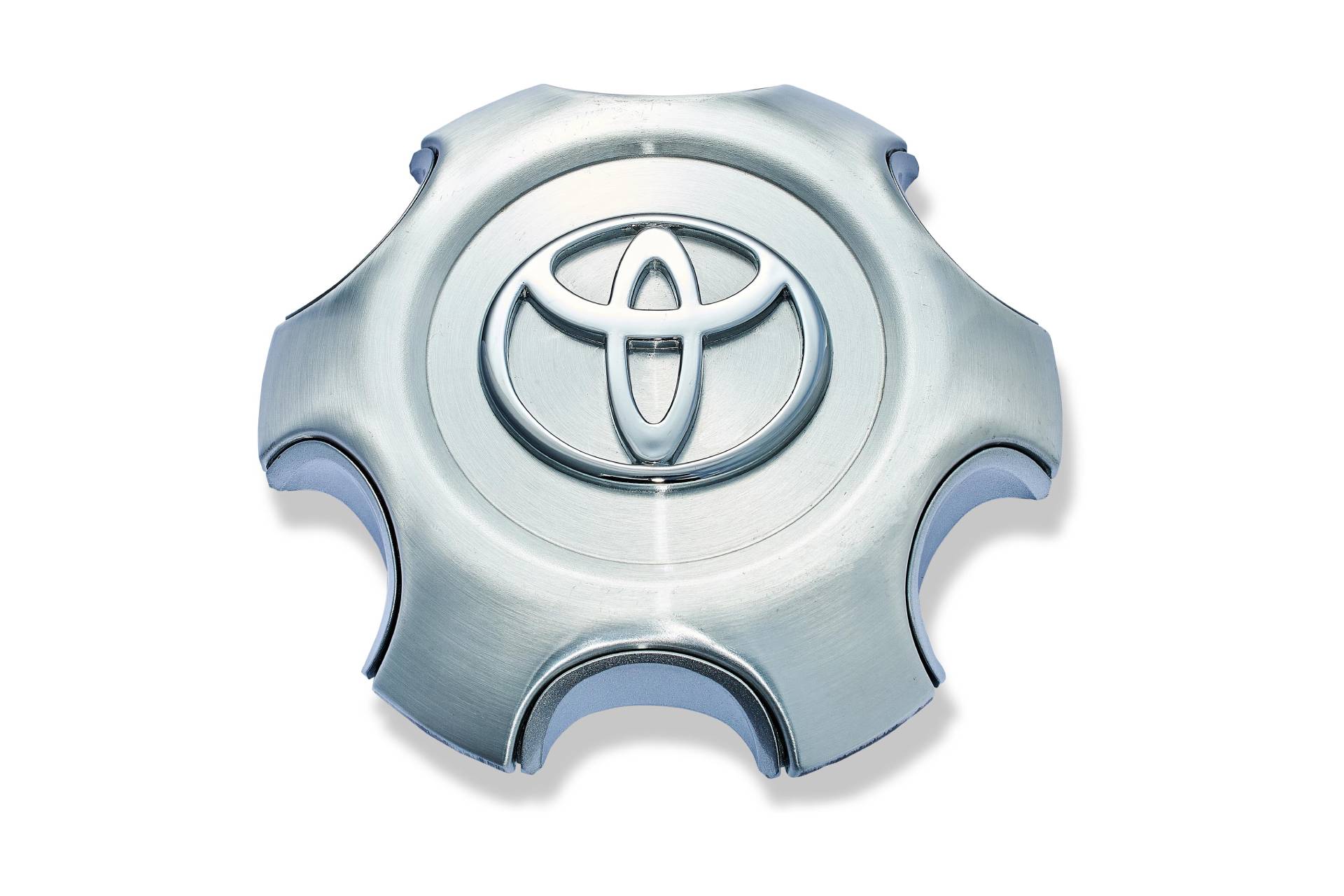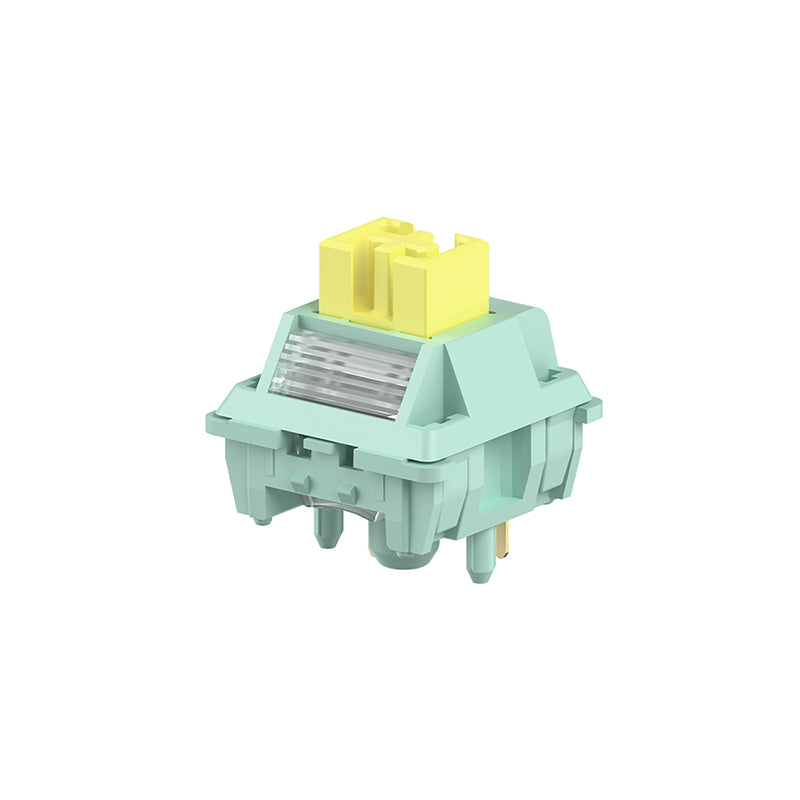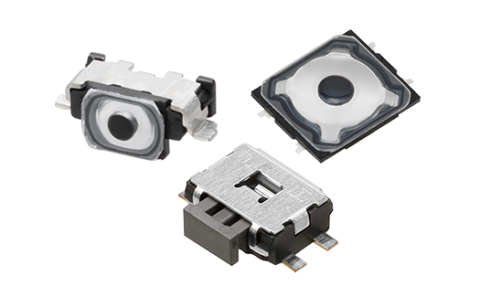The Value of Tactile Switches in Producing Dependable Customer User Interfaces
Tactile switches, essential elements in different digital gadgets, use apparent comments with a physical feeling upon actuation - tactile switches. As innovation penetrates more aspects of daily life, understanding the subtle yet significant impact of these switches on individual interaction ends up being vital.
Comprehending Tactile Responses: The Essentials of Tactile Changes
Responsive buttons, necessary parts in numerous digital gadgets, offer prompt physical feedback when activated. These buttons include a system that users can feel and listen to at the factor of contact, confirming an activity has actually been started. Typically found in key-boards, push-button controls, and industrial controls, responsive buttons are chosen for their sharp, crisp response which enhances the assurance of input commands.
The building and construction of a tactile button includes a dome-shaped rubber or steel that collapses and afterwards recoils upon release, completing an electrical circuit. This action creates a visible click. The distinctive tactile and distinct feedback is vital for fast-paced atmospheres like gaming or in situations needing accurate data entrance, where users benefit immensely from immediate physical verification of their inputs.

Efficiency in layout also allows these switches to be resilient, normally sustaining millions of cycles without performance degradation, making them reputable parts in both consumer electronics and high-demand industrial applications. - tactile switches
The Function of Tactile Changes in Enhancing Individual Experience

In addition, tactile switches add to a much more instinctive individual experience. They can be designed with differing levels of actuation pressure and distinct responsive accounts, enabling for personalization that fits certain individual needs and preferences. This versatility not just makes devices extra easy to use yet also raises fulfillment by dealing with private communication styles. Therefore, customers typically report greater levels of comfort and minimized fatigue, especially in scenarios including long term use innovation, emphasizing the essential function of responsive buttons in contemporary customer interface style.
Applications and Innovations: Tactile Changes Throughout Industries
Where might one experience responsive buttons outside of traditional consumer electronic devices? These parts moved here are indispensable you can try these out in different industries, including clinical tools, vehicle insides, and commercial controls. In health care, tactile buttons are made use of in portable analysis devices where accurate feedback is critical for procedure. Their unique click guarantees that healthcare specialists know promptly when an input has been registered, boosting precision during critical procedures.
In the vehicle market, responsive buttons contribute to safer driving experiences by being incorporated into steering wheel controls and control panel user interfaces. This permits chauffeurs to run stereos, GPS, and other in-car functionalities without averting from the roadway.
In a similar way, in commercial settings, these buttons are crucial for machinery controls where drivers count on clear responsive feedback to validate successful activation or deactivation of tools, therefore preventing functional errors and improving safety in atmospheres that frequently involve high-stakes procedures. These examples highlight just how tactile buttons facilitate dependability and efficiency Visit Website across varied industries.
Final Thought
